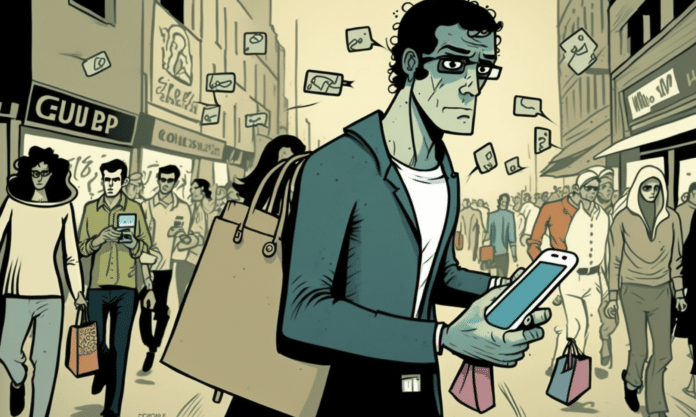Instagram has announced it will sunset its live shopping feature on 16 March, after removing the Shop tab from its navigation bar earlier this month. The move will prevent brands and creators from tagging products for sale during their livestream broadcasts. However, it will not affect the ability to invite guests or host Q&As with viewers. It will also not impact the ability to set up and manage shops on the main Instagram platform. The app has affirmed it will continue to invest in shopping experiences for main feed, stories, ads and Reels.
This is the latest move in a series of commerce-related cutbacks for Meta Platforms, which has struggled to maintain consumer interest in social commerce, despite the channel being a promising driver of engagement and revenue earlier in the pandemic. Instagram first rolled out live shopping in 2020, during a time when many brick-and-mortar retailers remained closed due to health restrictions. However, Meta shut down a similar live shopping feature on its core Facebook app last autumn.
Meta is attempting to become a leaner organization following a brutal few quarters of declines. The company’s revenue was down 4% year-on-year in Q4 2021 to $32.2bn, as it contended with weak advertiser demand and ongoing challenges around iOS changes that have made tracking and measuring mobile campaigns more difficult.
The social networking giant has stated it will direct more attention and resources toward the metaverse and Reels, which are becoming more popular with users, but remain relatively immature in terms of monetization. Meta enacted a steep round of layoffs last year, and the Financial Times has reported that more job cuts could be in the pipeline in the near future. Meta CEO Mark Zuckerberg has promised 2023 will be a “year of efficiency” for the embattled firm as it seeks to improve its situation.
TikTok, which Reels closely emulates, has also struggled to crack social commerce despite its popularity with digital natives like Gen Z and young millennials. Social commerce is a widely adopted tactic in other markets such as China but has yet to take off in the US more generally.
Overall, Instagram’s removal of live shopping is another sign of the difficulties Meta Platforms has experienced in keeping consumer interest in social commerce, as it tries to create a more efficient organization in the face of declining revenues. Despite this, it is continuing to invest in shopping experiences around its main feed, stories, ads, and Reels, while shifting more resources towards the metaverse. While social commerce has yet to take off in the US, Meta Platforms and TikTok are hoping it will gain traction in the coming months and years.














